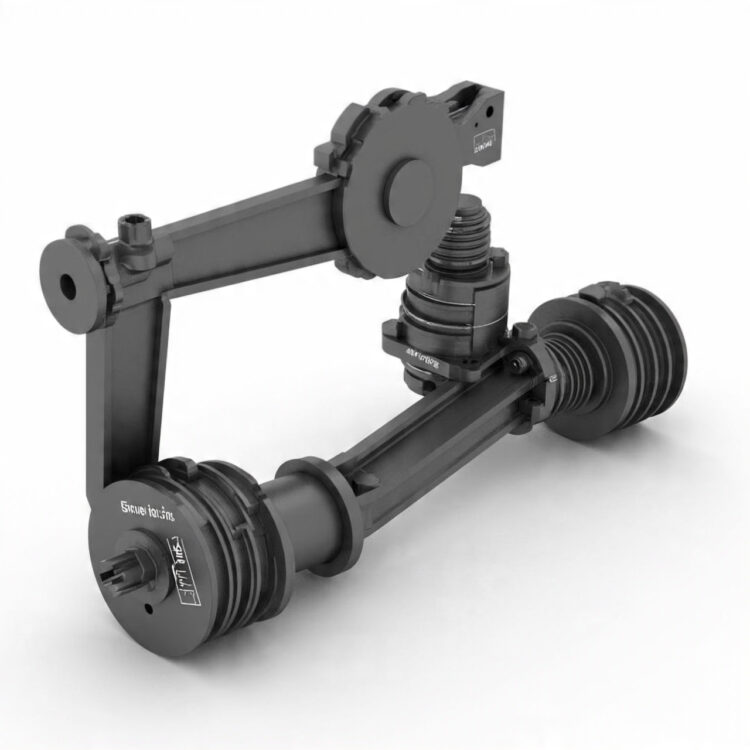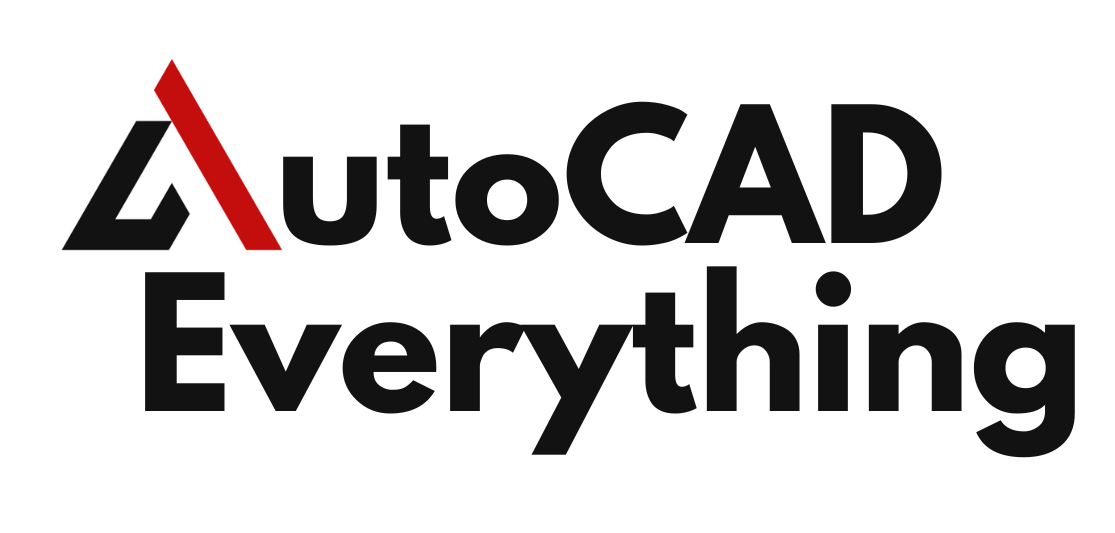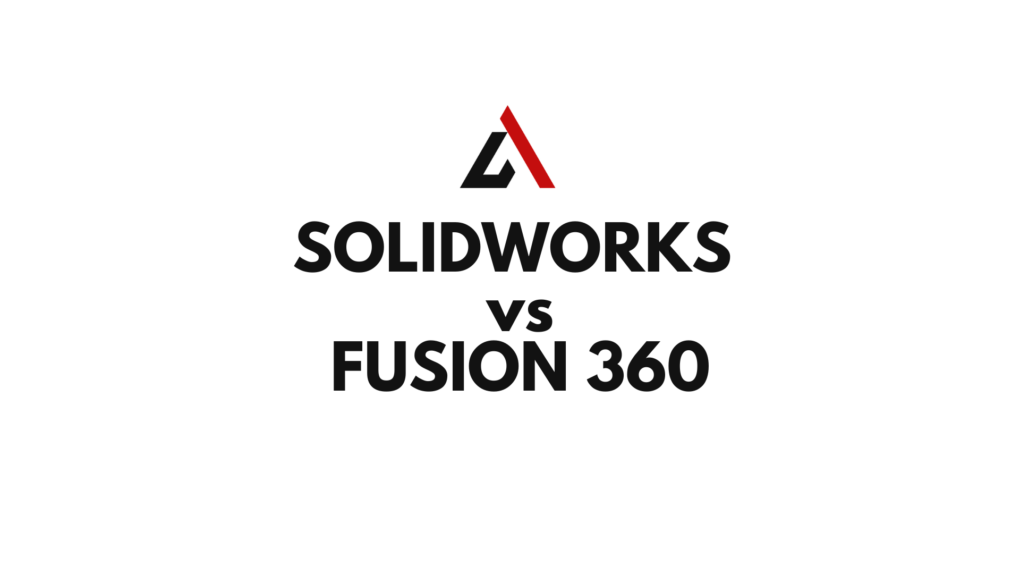The world of 3D modeling and product design is dominated by powerful software tools, each with its own philosophy and target audience. For anyone looking to enter this space—whether a seasoned professional or an aspiring maker—the choice of software is a critical first step. Two of the most prominent contenders are SOLIDWORKS and Fusion 360. While both are incredibly capable, they are built on fundamentally different architectures and philosophies, making a direct comparison essential for a well-informed decision.
This comprehensive guide will provide a detailed, side-by-side comparison of SOLIDWORKS vs Fusion 360. We will explore their core features, discuss their distinct pricing and data management models, and ultimately help you determine which platform is the best fit for your specific needs.
The Fundamental Philosophy: Industry Standard vs. All-in-One Platform
To truly understand the differences between SOLIDWORKS and Fusion 360, you must first look at their core design philosophies.
- SOLIDWORKS: For over two decades, SOLIDWORKS has been the gold standard in professional mechanical design. Its architecture is built on a robust, desktop-based parametric modeling engine, with a deep set of tools and a workflow honed over years of professional use in the automotive, aerospace, and industrial equipment industries. The SOLIDWORKS ecosystem is expansive, with a multitude of dedicated add-ons and partner solutions for everything from simulation to data management. It is a mature, powerful, and deeply-featured tool for professional engineers and large design teams.
- Fusion 360: As a newer entrant, Fusion 360 was built from the ground up as a cloud-native, all-in-one solution. Its primary goal is to provide a single, unified environment that integrates CAD, CAM (Computer-Aided Manufacturing), CAE (Computer-Aided Engineering), and PCB (Printed Circuit Board) design. Fusion 360’s accessibility, flexible licensing, and integrated approach make it a favorite among hobbyists, students, startups, and small to medium-sized businesses that value a streamlined workflow.
This philosophical difference—a specialized, desktop-based giant versus a versatile, cloud-based platform—influences every other aspect of the user experience and functionality.
Key Feature Comparison: A Head-to-Head Breakdown
The following tables provide a clear comparison across several critical areas of functionality.
1. User Interface and Learning Curve
The user interface is the first thing a new user encounters, and it plays a significant role in the overall learning curve and daily productivity. SOLIDWORKS and Fusion 360 approach this very differently.

| Feature Area | SOLIDWORKS | Fusion 360 |
| Interface Style | Traditional, Windows-based UI with a deep feature tree, CommandManager, and extensive menus. | Modern, streamlined UI with workspaces that dynamically change the toolset based on the active task. |
| Learning Curve | Steeper, but rewarding. Requires a solid understanding of the feature tree and design history to use effectively. | Flatter and more intuitive. The workspace-based approach simplifies the interface for new users. |
| Customization | Highly customizable toolbars and menus. Experienced users can tailor the UI to their exact workflow. | Less customizable than SOLIDWORKS, but the streamlined design reduces the need for extensive personalization. |
2. Modeling Capabilities
Both platforms offer robust parametric solid modeling, but they each have unique strengths in other modeling disciplines.
| Feature Area | SOLIDWORKS | Fusion 360 |
| Parametric Modeling | Industry-leading depth and stability. Excellent for complex parts and managing intricate feature dependencies. | Powerful and modern. Handles most parametric modeling tasks with ease, with a focus on simplicity. |
| Direct Modeling | Has a set of direct editing tools for manipulating geometry without a feature history, but it is not a primary workflow. | A key feature with a very fluid workflow. Excellent for quickly modifying imported models or making non-history-based changes. |
| Freeform/Surface | Advanced surfacing tools, but the workflow is often considered more technical and complex, requiring a deep understanding of surface continuity. | Integrated T-spline technology makes freeform, organic shape creation highly intuitive and powerful. |
3. Assembly Design
The approach to building multi-component designs is a major philosophical difference between the two platforms.
| Feature Area | SOLIDWORKS | Fusion 360 |
| Assembly Approach | Mate-based assembly. Individual part files are mated together in a separate assembly file. | Joint-based assembly. Parts are often created within the same file and joined to define motion and relationships. |
| Large Assemblies | A distinct advantage. Designed to handle massive assemblies with thousands of components efficiently. | Can handle assemblies but may experience performance issues with very large or complex component counts. |
| Motion Simulation | Requires a clear understanding of mate relationships to simulate motion, which can be challenging for beginners. | The joint-based system is highly intuitive for defining and simulating motion, even for new users. |
4. Integrated Workspaces: The All-in-One Advantage
This is perhaps the most significant point of differentiation. Fusion 360’s single-platform approach contrasts sharply with SOLIDWORKS’ modular ecosystem.
| Feature Area | SOLIDWORKS | Fusion 360 |
| CAD | Industry-leading CAD modeling. | Powerful and accessible CAD modeling. |
| CAM | Requires a separate add-on, SOLIDWORKS CAM, or a third-party CAM solution. | Integrated Manufacture workspace for 2, 3, 4, and 5-axis CNC, waterjet, laser cutting, and 3D printing. |
| CAE | Requires a separate add-on, SOLIDWORKS Simulation, which offers deep and powerful analysis tools. | Integrated Simulation workspace for basic FEA, thermal, and modal analysis. |
| Rendering | Includes built-in rendering tools and a separate, more powerful tool, SOLIDWORKS Visualize. | Integrated Render workspace that provides a simplified, cloud-based rendering solution. |
| PCB Design | Integrated through an add-on, SOLIDWORKS PCB. | Integrated through the Electronics workspace. |
Licensing, Cost, and Data Management
The financial and operational models of these two programs are drastically different, and this is often a deciding factor.
1. Licensing and Cost
The cost and licensing model are major factors for individuals and businesses alike.
| Feature Area | SOLIDWORKS | Fusion 360 |
| Pricing Model | Traditional perpetual license with a high upfront cost and an optional annual maintenance fee. Newer term licenses also available. | Subscription-based. Lower monthly or annual fees. |
| Accessibility | High cost places it firmly in the professional, business-grade category. | Highly accessible with a generous free license for personal/hobbyist use and education. |
| Total Cost | The total cost of ownership can be very high, especially when including separate modules and PDM. | The all-in-one subscription model offers significant value, especially for small businesses. |
2. Data Management and Collaboration
The way these programs handle files is tied directly to their desktop vs. cloud-based nature.
| Feature Area | SOLIDWORKS | Fusion 360 |
| File Storage | Files are saved locally on a computer or a network drive. | Files are saved and stored in the cloud by default. |
| Version Control | Requires a dedicated PDM system (like SOLIDWORKS PDM) to provide robust version and revision control for teams. | Built-in, automatic versioning is a key feature of the cloud-based system. |
| Collaboration | Requires a PDM system for multi-user collaboration and file locking. | Cloud-native architecture enables seamless, real-time collaboration with team members and stakeholders from anywhere. |
| File Management | A dedicated PDM system provides granular control and an audit trail, but it requires a server and administration. | Cloud storage is convenient but may present challenges with very large files or poor internet connectivity. |
Ecosystem and Community
The surrounding ecosystem and user community can be just as important as the software’s features.
- SOLIDWORKS: The SOLIDWORKS community is massive and mature. There is a vast network of authorized resellers that provide training and technical support, a huge library of third-party add-ons, and a global network of user groups. Official certifications (CSWA, CSWP) are a recognized standard in the mechanical design industry.
- Fusion 360: The Fusion 360 community is rapidly growing and is particularly strong in the maker, DIY, and startup spaces. Given its accessibility, there is an abundance of online learning resources, particularly video tutorials from independent creators. Autodesk provides a wealth of official learning materials, and the community forums are a bustling hub of activity.
The Verdict: Who Should Use Which?
The ultimate choice between SOLIDWORKS and Fusion 360 depends entirely on your specific context. The following table provides a clear recommendation based on different user profiles.
| User Profile | Ideal Choice | Rationale |
| Professional Engineer | SOLIDWORKS | Industry standard with deep feature sets, powerful large-assembly management, and robust data control with PDM. |
| Large Engineering Team | SOLIDWORKS | The modularity, PDM integration, and advanced simulation tools are essential for complex, enterprise-level projects. |
| Hobbyist or Maker | Fusion 360 | Unbeatable value with the free personal license, integrated CAM/3D printing, and intuitive interface for quick learning. |
| Startup or Small Business | Fusion 360 (with a subscription) | The all-in-one platform is a cost-effective solution that provides a full suite of tools for design, manufacturing, and collaboration. |
| Industrial/Product Designer | Fusion 360 | The T-spline technology and integrated rendering make it ideal for creating organic, aesthetically-driven consumer products. |
| Student | Fusion 360 | The free license and wealth of online learning resources make it the perfect starting point for learning CAD fundamentals. |
Conclusion
SOLIDWORKS and Fusion 360 are two titans of the CAD world, but they represent two different generations of design software. SOLIDWORKS is the mature, powerful, and deeply entrenched industry leader, built for large-scale, professional engineering. Fusion 360 is the innovative, all-in-one challenger, built for accessibility, integrated workflows, and the cloud-driven future of design and manufacturing.
Ultimately, the best choice depends on your project’s complexity, your team’s size, your budget, and your preferred workflow. For the established engineering firm, SOLIDWORKS remains the clear choice. For the individual maker or the agile startup, Fusion 360 provides an unbeatable combination of power, accessibility, and value.

